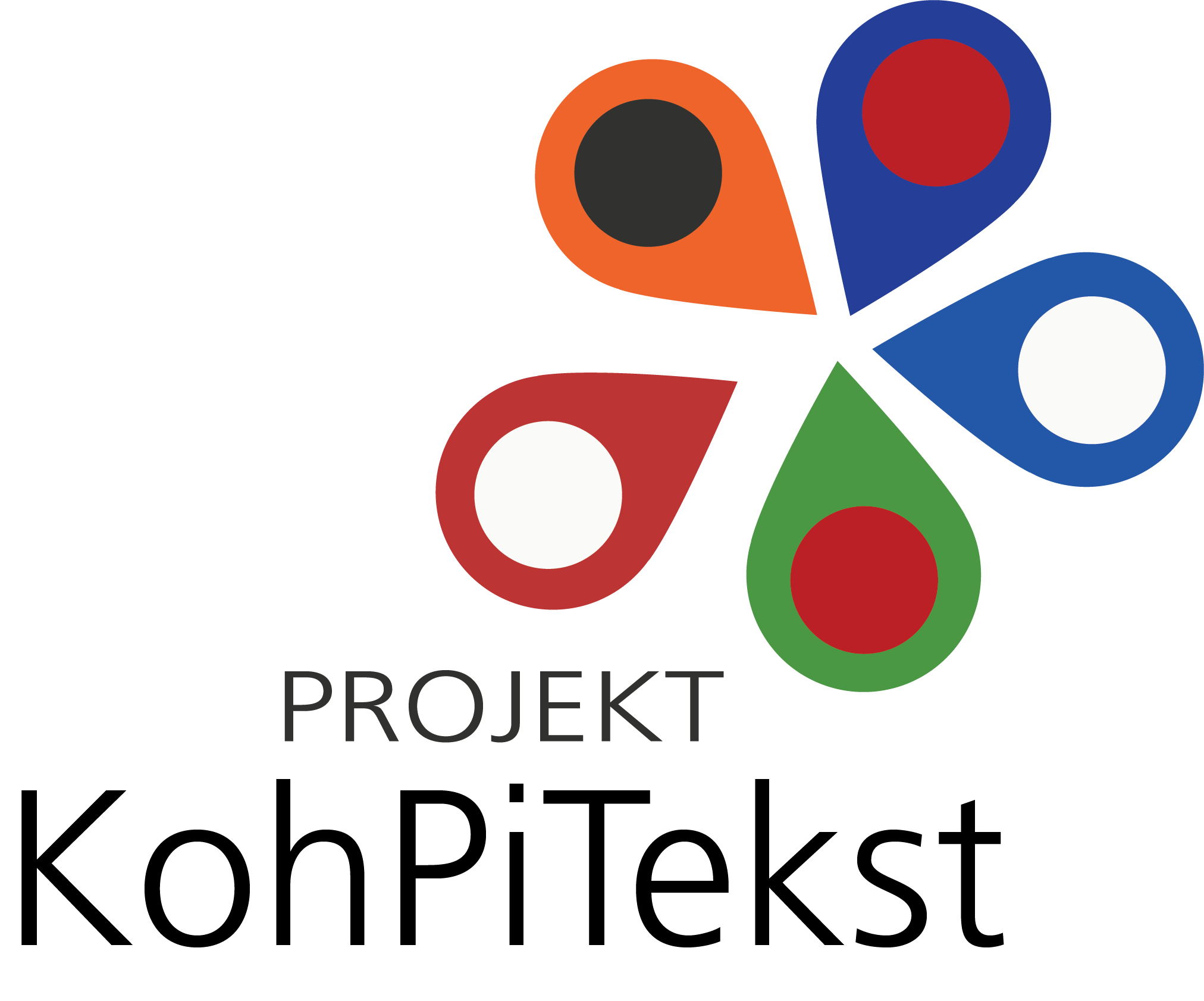Textual coherence in foreign language writing: The KohPiText project results
Vesna Bagarić Medve and Leonard Pon, Faculty of Humanities and Social Sciences Osijek
CALS 35th International Conference, plenary session
Textual coherence in foreign language writing: The KohPiText project results (abstract)
According to many applied linguists (e.g. Canale, 1983; Celce-Murcia, 2007; Bachman & Palmer, 2010) cohesion and coherence are the key components of the discourse competence. However, coherence is related to a whole range of open problems brought about by theoretical inconsistencies in defining the concept as well as a lack of applied-linguistic research. This incited the design and conduct of an extensive research project titled Textual Coherence in Foreign Language Writing (KohPiTekst) whose primary aim was to describe and compare coherence dimensions and ways of developing coherence as well as factors affecting (in)coherence in texts created by foreign language users of Croatian, English, French, German and Hungarian.
In the project, the answers to the following research questions were sought: how non-native speakers of Croatian, English, French, German and Hungarian develop the topic of a written text, what types of topical progressions dominate texts created by native vs. non-native writers, what are the causes of coherence disruption. The underlying assumption is that there are differences in coherence features among texts in different languages, and that text incoherence is caused by the transfer of the coherence concept from the first language.
The study involved 250 participants (50 per each foreign language) whose first language is Croatian, English, French, German or Hungarian, and whose foreign language proficiency is at B1-B2 level. Questionnaires were used to collect demographic data and a writing test to compile a corpus of texts written on the same topic in first and foreign languages. The texts were analysed by the Non-Native Text Coherence Analysis (NN-TeCA) method that was designed building on the method by Lautamatti (1987).
The results point to the existence of particular differences in coherence dimensions in texts written by learners of different foreign languages, but not to a transfer of the coherence concept from first to foreign language. The contribution of the research lies in its implications for the theory and practice of foreign language teaching.
References: Bachman, L. F.; Palmer, A. S. (2010). Language Assessment in Practice. Oxford etc.: Oxford University Press.
Canale, M. (1983). From communicative competence to communicative language pedagogy. In: Richards, J. C.; Schmidt, R. W. (eds.). Language and Communication. London: Longman, 2–27.
Celce-Murcia, M. (2007). Rethinking the role of communicative competence in language teaching. In: Alcón Soler, E.; Safont Jordà, M. P. (eds.). Intercultural Language Use and Language Learning. Springer, 41–57.



